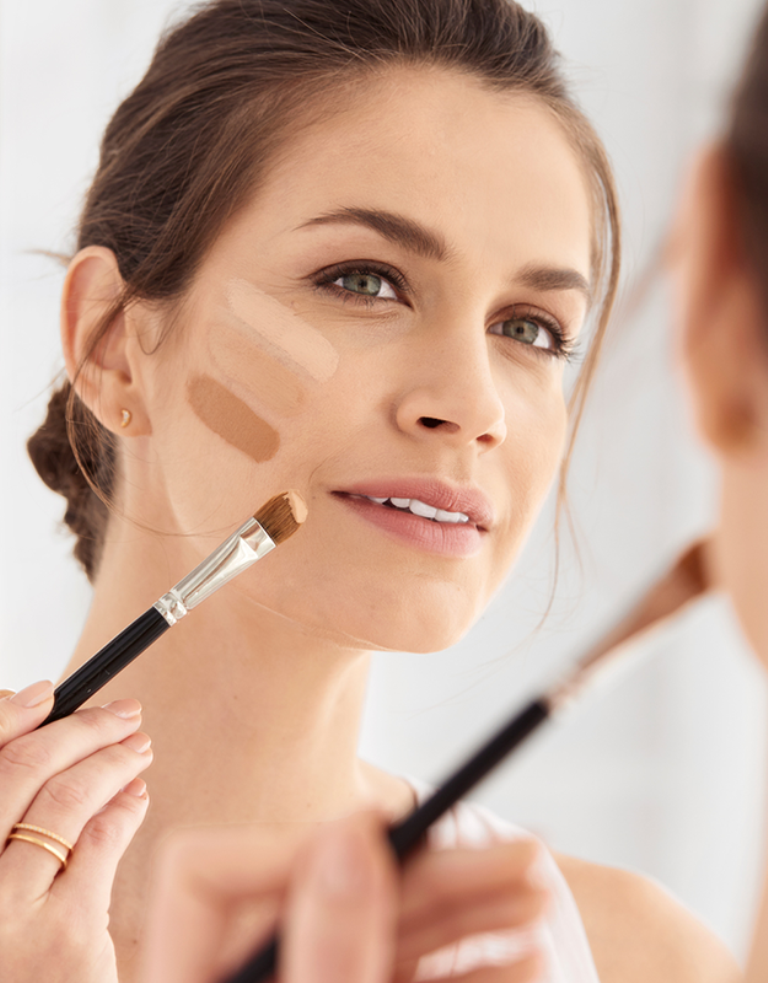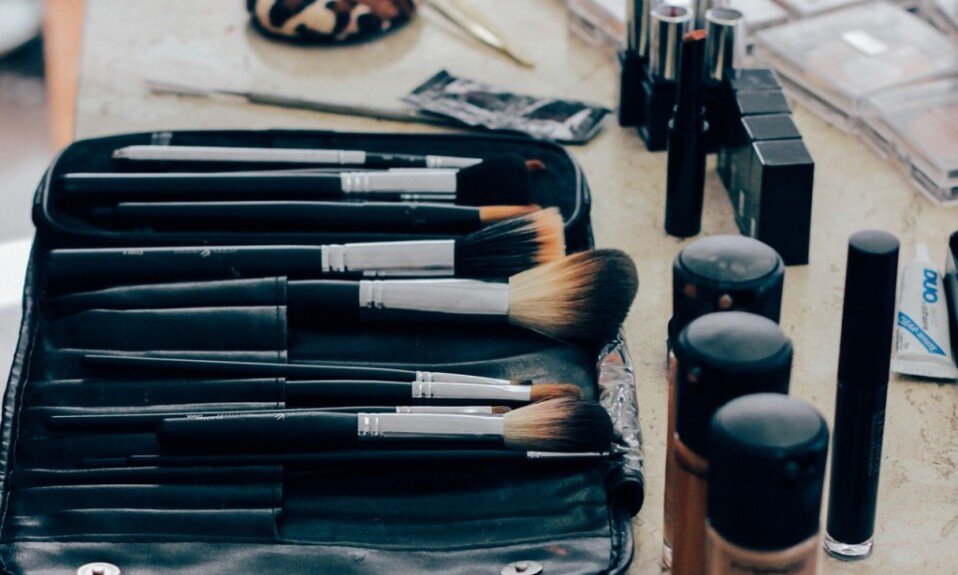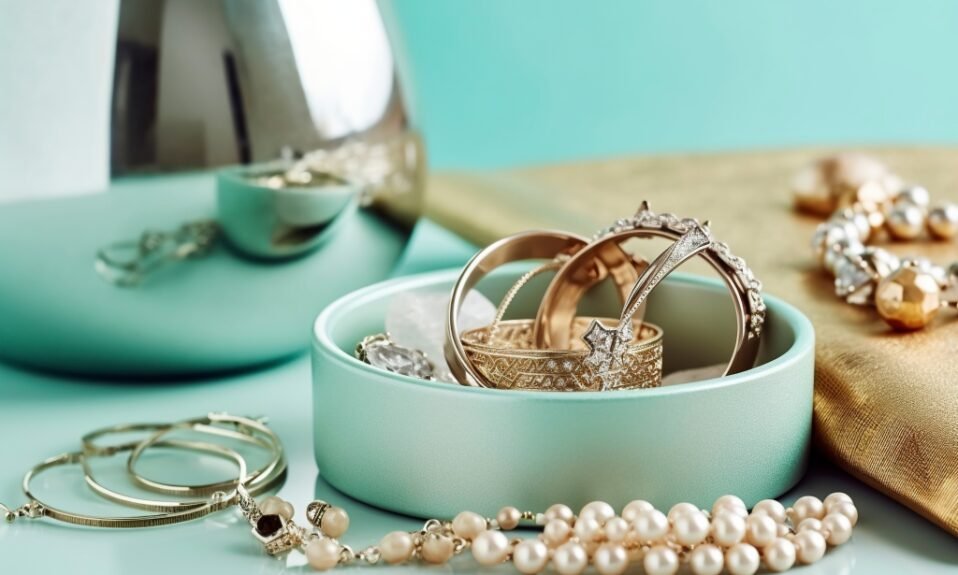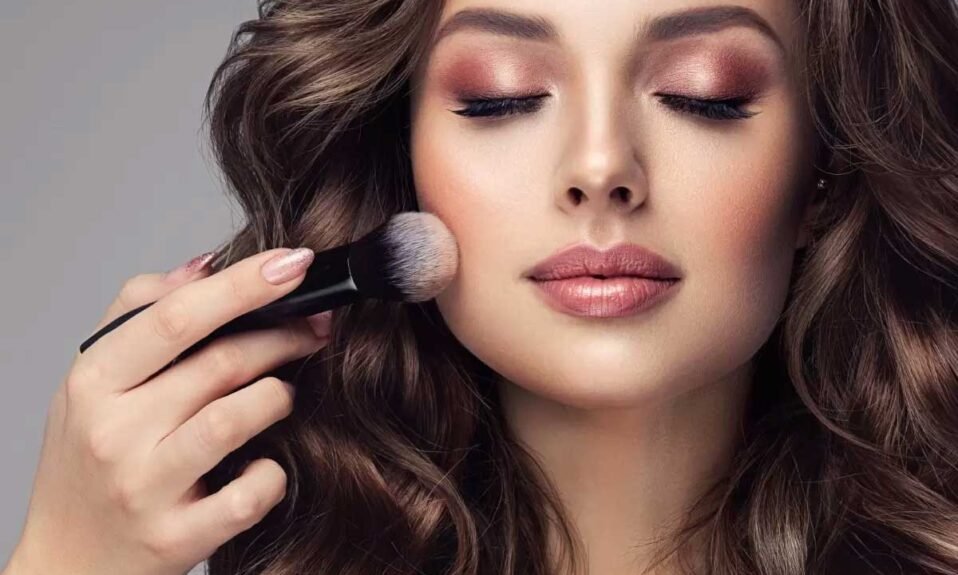When it comes to makeup, you need to have a bit of know-how to avoid any makeup disasters. Whether you’re dressing up for a special occasion or just applying a light foundation for everyday wear, there are several things to be careful about.
While having cracked, cakey makeup or melting lines is bad enough, there’s no worse faux pas than applying the wrong shade for your skin tone. This includes the foundation, the eyeshadow colors, and even the shade of bronzer you’re going for.
On the other hand, if you choose your makeup according to your skin tone, the result could be absolute perfection!
Not sure just how to accomplish this?
The tips below will help you out.
Determining the Skin Tone
You simply cannot pick the proper makeup products if you can’t determine your skin tone first. This is your natural color, so be sure to assess it first before making a final decision about your foundation.
A fair skin tone is usually called porcelain by some. If your skin isn’t quite that china-white shade but close to it, you probably have a light skin tone.

A medium skin tone is between what one would call dark and light. If you have a bit of a tan, you might fall into this category during the summer. This could also be your natural color the whole year round.
Those with deep skin tones are usually deemed to have a dark complexion. However, don’t just rush to order a foundation with these simplistic terms! To create the perfect makeup base, you also have to determine your undertones.
Ensuring the Undertones
Skin tones may have varying undertones, which may affect the makeup result on your face. Once you’ve determined your undertones, you’ll be in a much better position to choose the right products for your specific complexion.
There are a few ways to determine your undertones. The most common one is to check out your arm on its flip side. If your veins look purple or blue, you have cool undertones. Green veins are usually a sign of warm undertone. You might also be confused between two shades, in which case your undertones are probably neutral.
Another way to determine undertones is to put something extremely white against your face. This could be something like a piece of paper, which will reflect some color onto the face. If the color is blue or pink, you have cool undertones. A yellow shade indicates warm undertones while gray suggests neutrality.
Finally, you may also want to consider the jewelry color that looks best on your skin. If you think gold jewelry suits you best, your undertones are warm. Silver looks best on cool undertones. If both kinds go equally well with your skin, the verdict is neutral.
Choosing Foundation and Concealer
Now that you’re aware of your skin tone and the undertones, you’ll have a much easier time selecting just the right products. The foundation shade is the most crucial part of your makeup, so make sure to consider this information before getting a new bottle.

Your foundation should match your skin tone and undertones as closely as possible. For the best result, your concealer needs to be about one shade lighter than the final foundation choice.
The Right Colors
With the foundation in place, you now need to add some color to the lips, cheeks, and eyes. Products for these areas may have names suggesting their compatibility with different undertones. The packaging may also have an undertone suggestion printed on it.
Deep reds, browns, and golden shades work best with warm tones. For cooler tones, you can opt for rose, pink, blue, and purple colors.
Skin Texture

Whether you’re going for women’s or men’s makeup, the skin texture is also an important consideration. Dry skin usually calls for creamy or mousse products, while oily skin works best with powdery options. Click here to read more about the right makeup products and how to use them.
The Takeaway
Going about with a ghost-white face or an orange complexion with a different-colored neck is quite embarrassing. You don’t want your money or efforts to go to waste, so delve into a bit of research so you can get the right products on the first try. The tips above should take the guesswork out of the process, so give them a go before the next important event.





